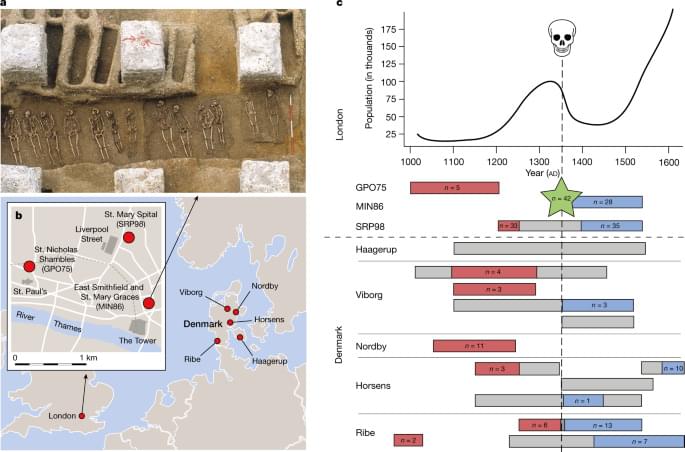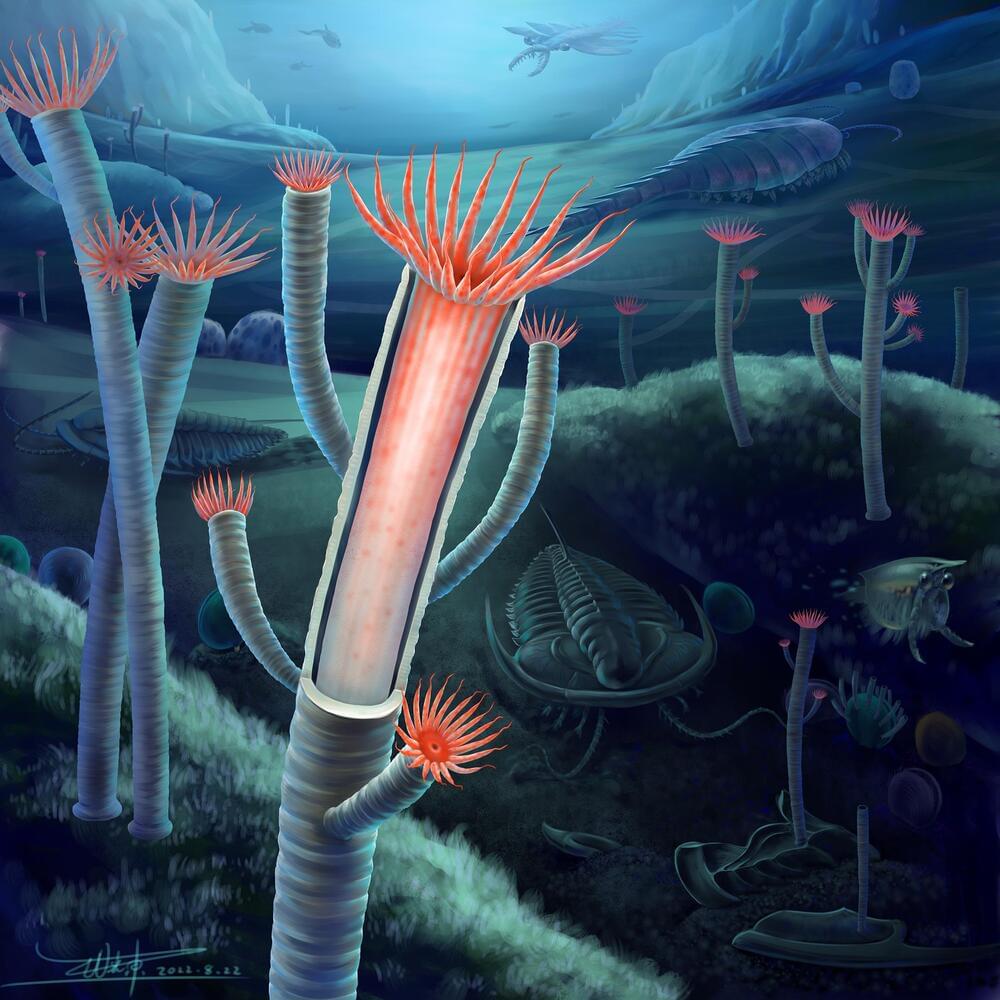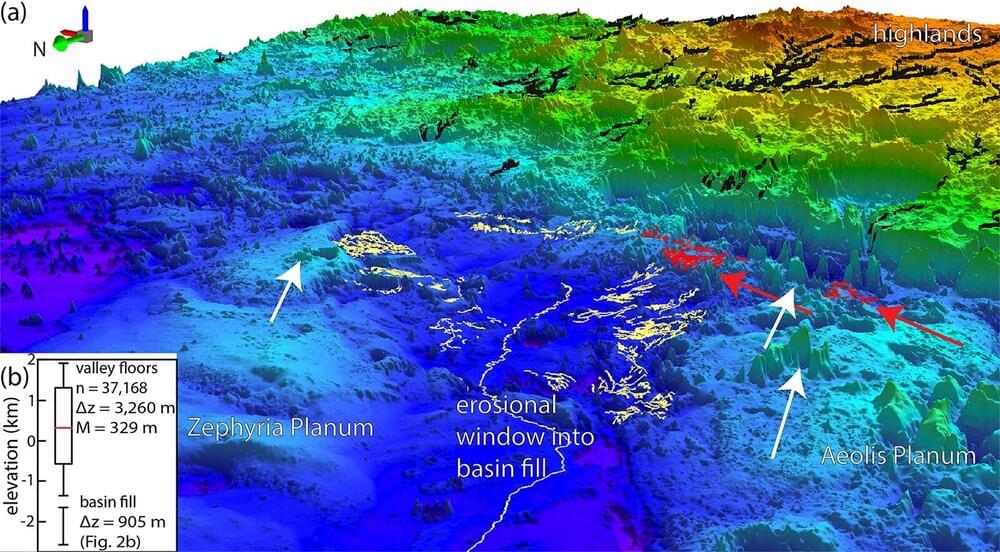Nov 9, 2022
Red-supergiant supernova images reveal secrets of an earlier universe
Posted by Dan Breeden in categories: cosmology, evolution
An international research team led by the University of Minnesota Twin Cities has measured the size of a star dating back 2 billion years after the Big Bang, or more than 11 billion years ago. Detailed images show the exploding star cooling and could help scientists learn more about the stars and galaxies present in the early universe. The paper is published in Nature.
“This is the first detailed look at a supernova at a much earlier epoch of the universe’s evolution,” said Patrick Kelly, a lead author of the paper and an associate professor in the University of Minnesota School of Physics and Astronomy. “It’s very exciting because we can learn in detail about an individual star when the universe was less than a fifth of its current age, and begin to understand if the stars that existed many billions of years ago are different from the ones nearby.”
The red supergiant in question was about 500 times larger than the sun, and it’s located at redshift three, which is about 60 times farther away than any other supernova observed in this detail.


















